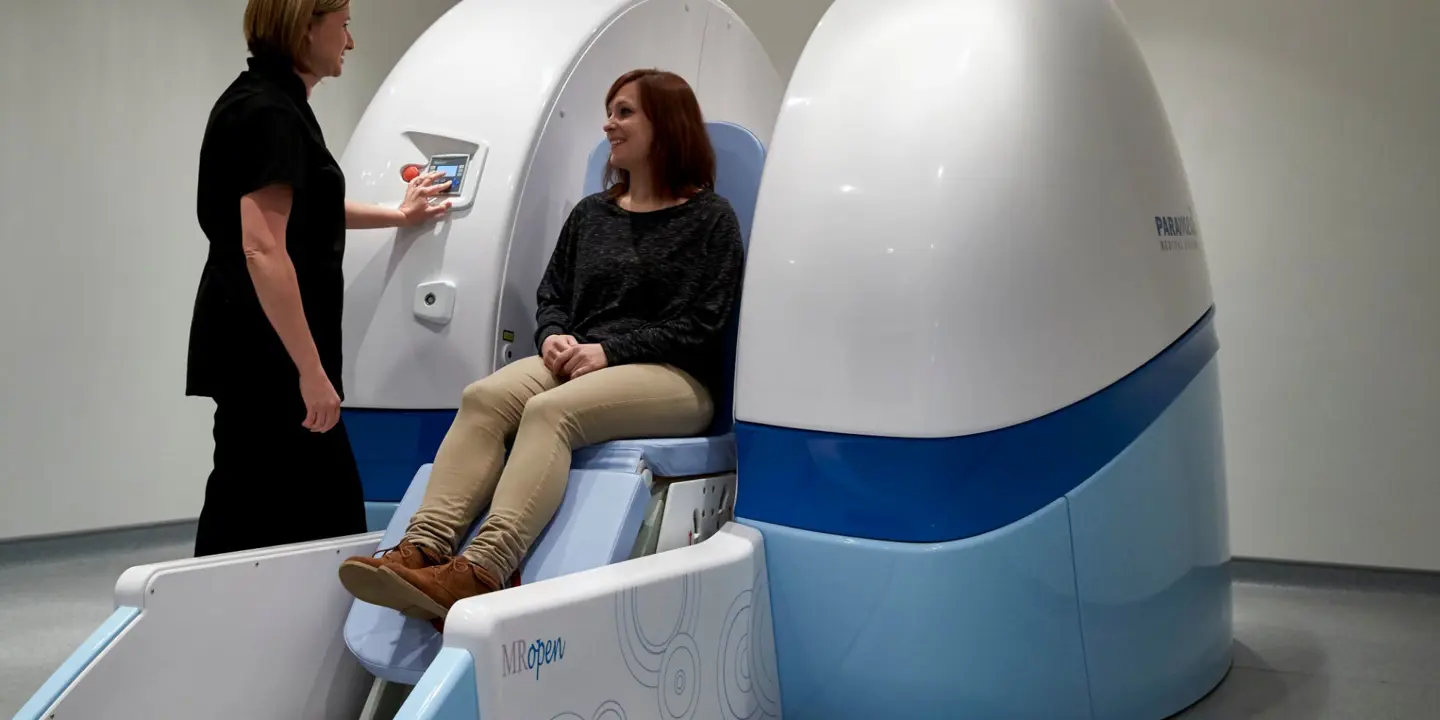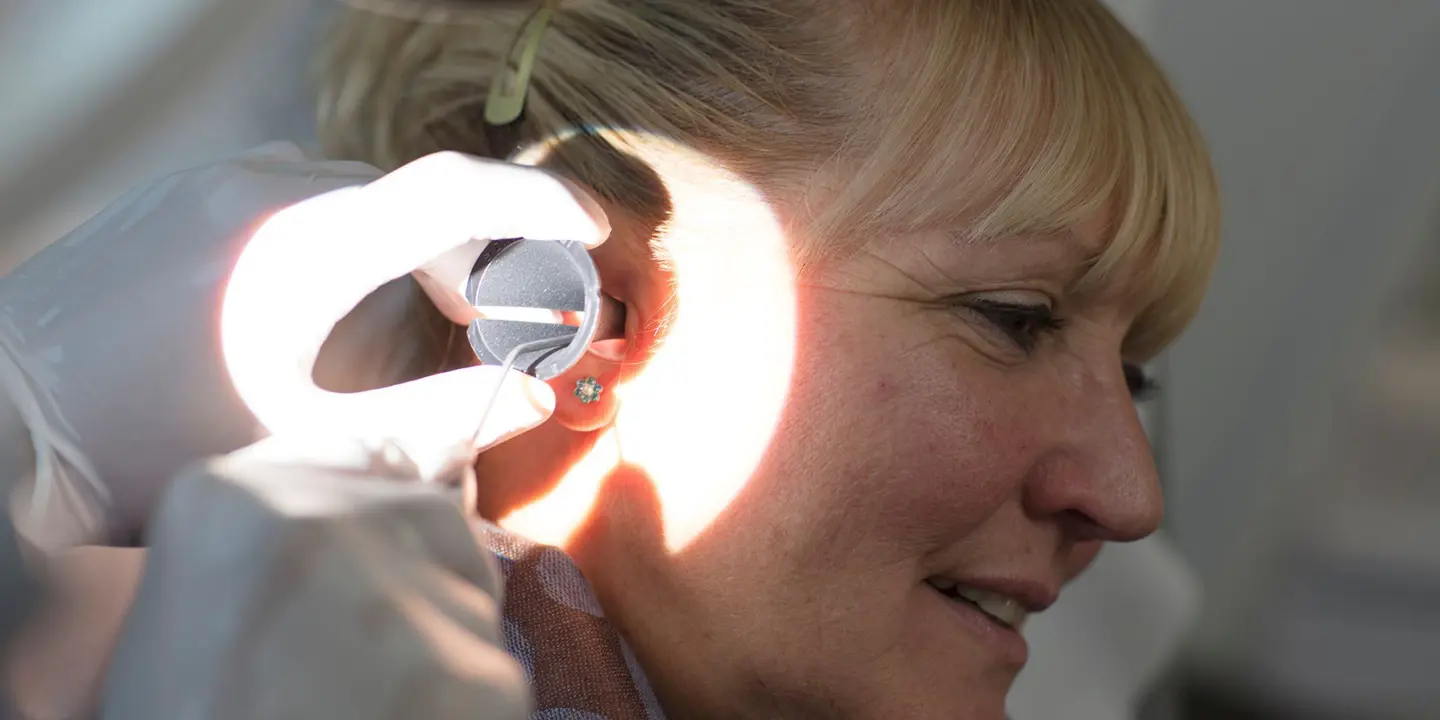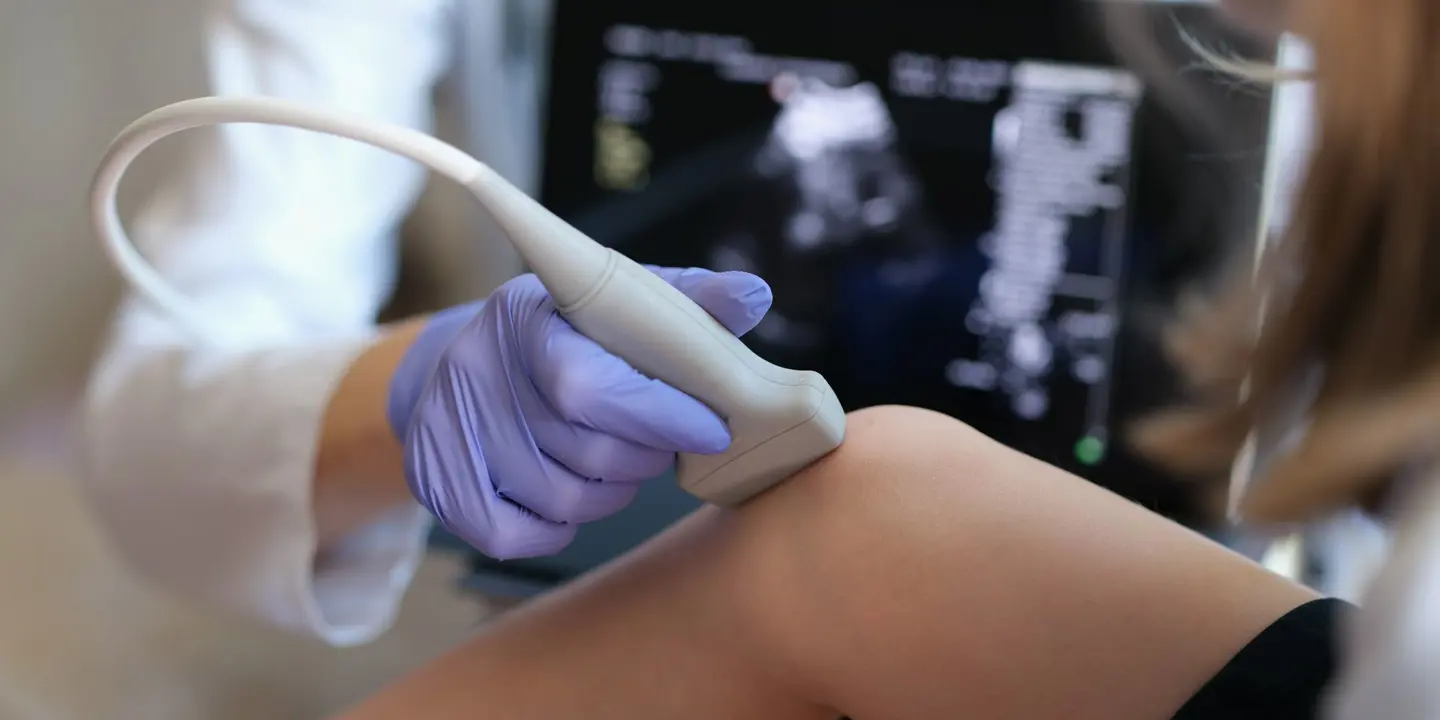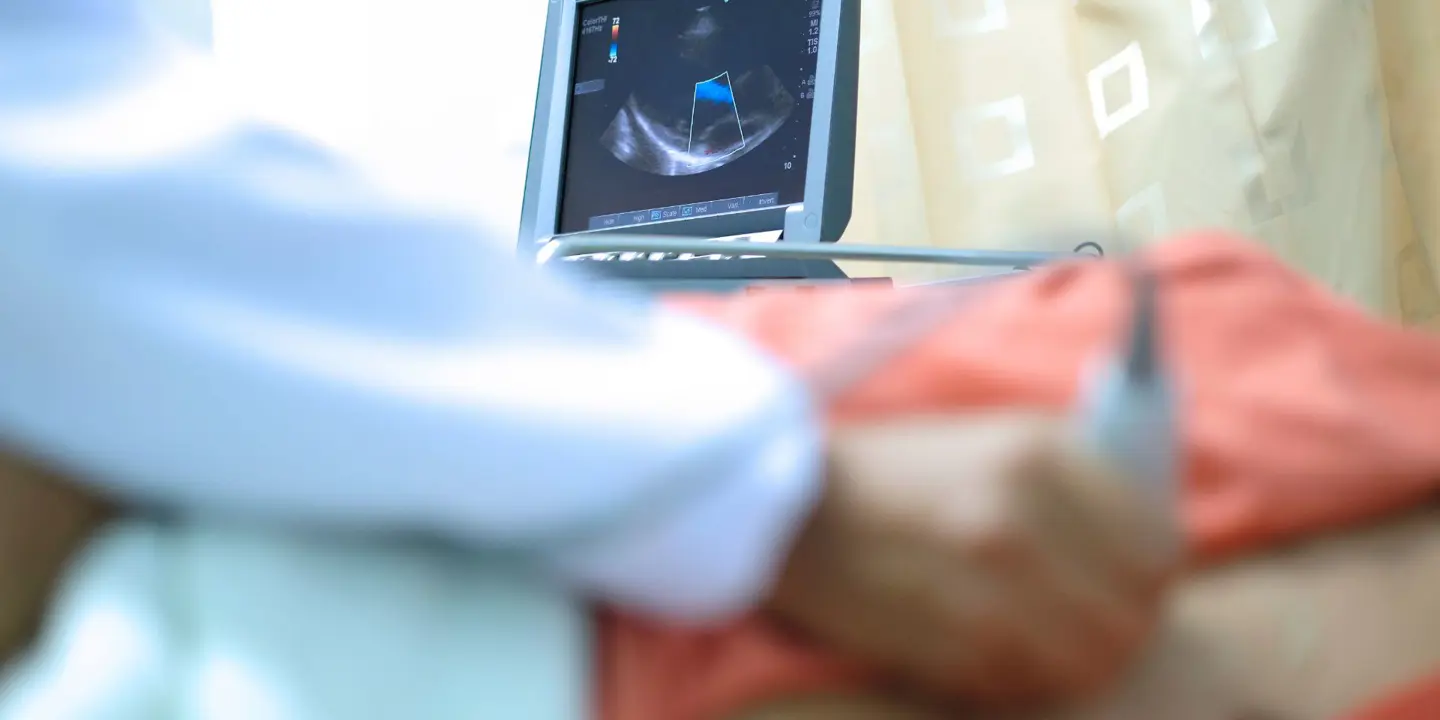Our spines are subjected to a lot of postural stress and strain every day and it makes sense to give them the best possible rest when sleeping. The goals are to get the spine in the most neutral position which eliminates shear or torsion forces, and this will in turn improve blood flow and boost healing.
The two best sleeping positions in my opinion are:
- Lying on your side with a pillow for your head and a pillow between your knees. Your head should be in as neutral a position as possible and not tilted significantly down or up. Both knees should be bent to about 30° and the pillow in between them will prevent any twisting of the pelvis or lower back. This position can be supplemented with a pillow that you can wrap your arms around and hold. This addition may help prevent awkward arm and wrist positions when lying on your side.
- Lying on your back with a pillow underneath your head and a pillow underneath your knees, again the head should be in a neutral position and the pillow underneath the knees this time will prevent overextension of your lower back and take the pressure off this area.
Positions to avoid:
- The half/half position: This position is often the result of falling asleep on your side without a knee pillow. The lower leg is straight and the upper knee bends and makes contact with the mattress which causes twisting of the pelvis.
- Lying on your front is probably the one position to avoid most. This position not only causes hyperextension of your lower back but also rotation of the neck either way.
Changing your sleeping position, particularly if you’ve been used to sleeping in a certain way for most of your life takes time. I’ve had patients tell me that the knee pillow finds its way on to the floor, at least in the beginning. Stick with it though and these changes can only help your spinal health.
Another common related question I’m asked in my clinic is whether I can recommend a mattress. This is a tricky one as there is a great deal of personal preference involved. In my opinion though, a mixture of pocket springs and memory foam or a pocket sprung mattress with a thin memory foam topper should suit most people and give them a good chance of a restful, healing night’s sleep.
I hope this helps you understand the ideal sleeping position and how important it is in your overall well-being.







